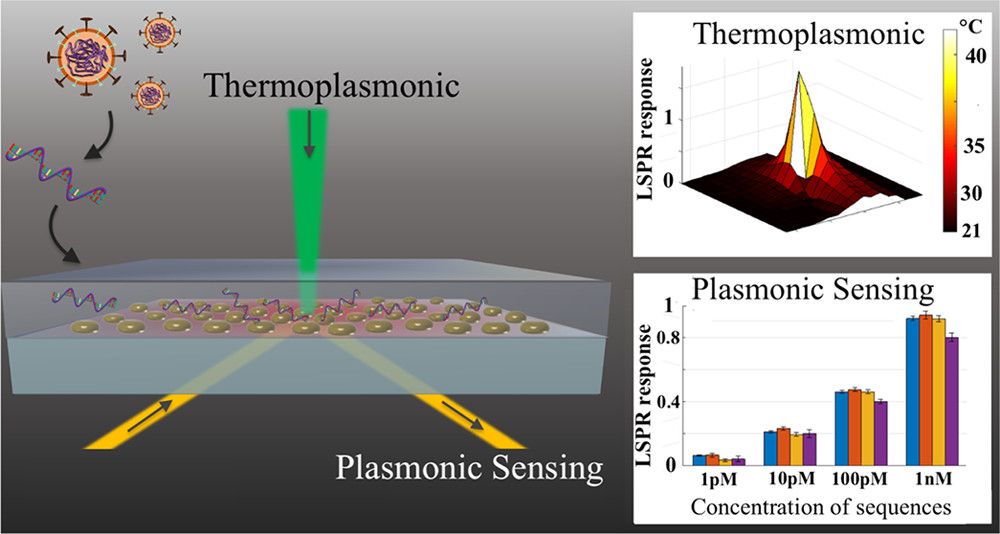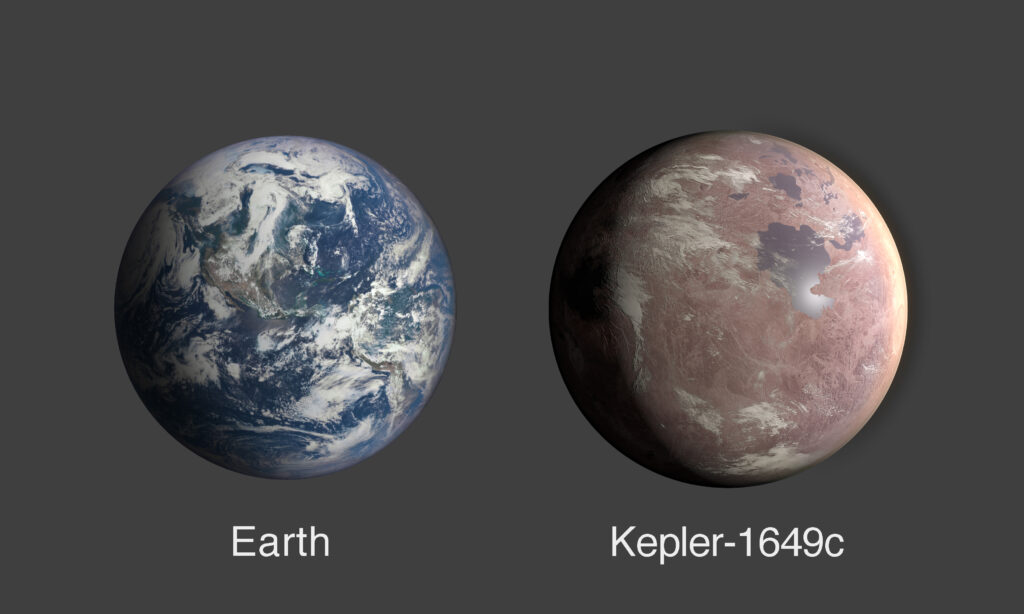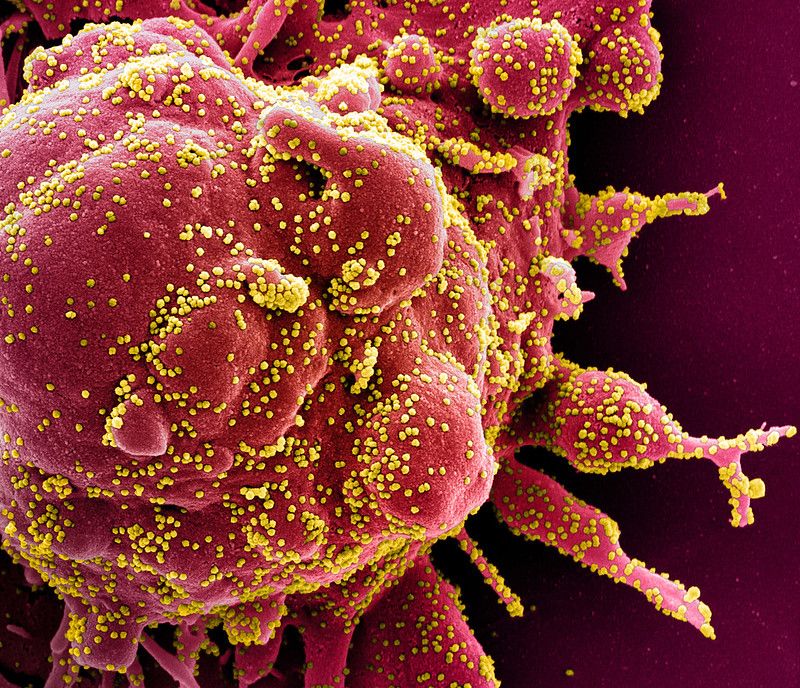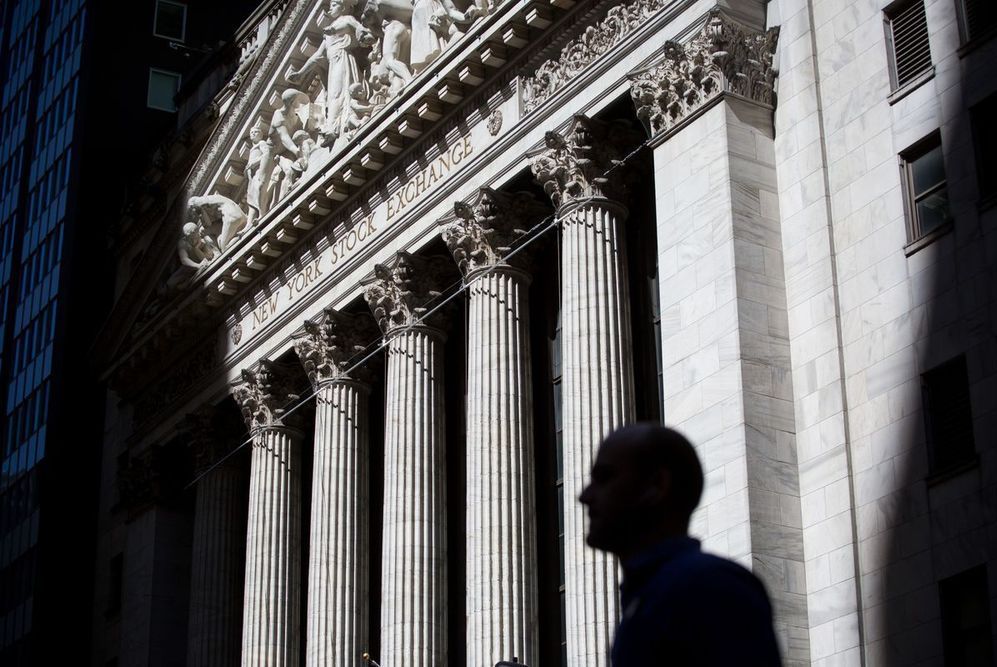Apr 16, 2020
Dual-Functional Plasmonic Photothermal Biosensors for Highly Accurate Severe Acute Respiratory Syndrome Coronavirus 2 Detection
Posted by Omuterema Akhahenda in categories: biotech/medical, computing, health
Test Coronavirus in minutes:
The ongoing outbreak of the novel coronavirus disease (COVID-19) has spread globally and poses a threat to public health in more than 200 countries. Reliable laboratory diagnosis of the disease has been one of the foremost priorities for promoting public health interventions. The routinely used reverse transcription polymerase chain reaction (RT-PCR) is currently the reference method for COVID-19 diagnosis. However, it also reported a number of false-positive or –negative cases, especially in the early stages of the novel virus outbreak. In this work, a dual-functional plasmonic biosensor combining the plasmonic photothermal (PPT) effect and localized surface plasmon resonance (LSPR) sensing transduction provides an alternative and promising solution for the clinical COVID-19 diagnosis. The two-dimensional gold nanoislands (AuNIs) functionalized with complementary DNA receptors can perform a sensitive detection of the selected sequences from severe acute respiratory syndrome coronavirus 2 (SARS-CoV-2) through nucleic acid hybridization. For better sensing performance, the thermoplasmonic heat is generated on the same AuNIs chip when illuminated at their plasmonic resonance frequency. The localized PPT heat is capable to elevate the in situ hybridization temperature and facilitate the accurate discrimination of two similar gene sequences. Our dual-functional LSPR biosensor exhibits a high sensitivity toward the selected SARS-CoV-2 sequences with a lower detection limit down to the concentration of 0.22 pM and allows precise detection of the specific target in a multigene mixture. This study gains insight into the thermoplasmonic enhancement and its applicability in the nucleic acid tests and viral disease diagnosis.
Article Views are the COUNTER-compliant sum of full text article downloads since November 2008 (both PDF and HTML) across all institutions and individuals. These metrics are regularly updated to reflect usage leading up to the last few days.


















